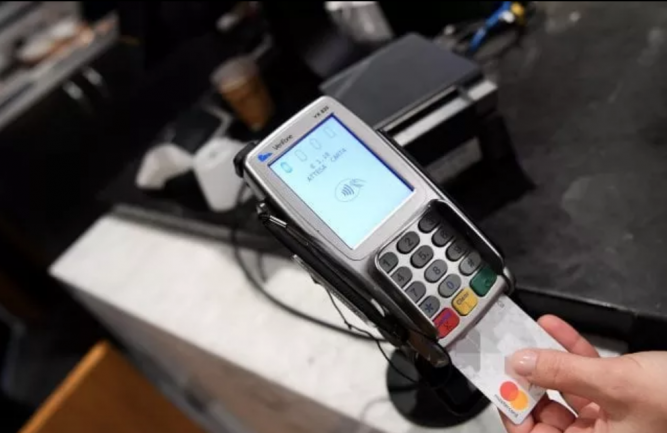With the Cashback Rebate, Italy Enters the Credit Card Era

Beginning January 1, 2020, the Italian government launches an initiative called Cashback offering a 10% reimbursement to citizens on any expense paid electronically in a physical store. Food, clothing, medical expenses, payments to restaurants and other expenses, with the exception of those made online, up to a maximum of €1500 during a six-month period, resulting in a €150 reimbursement to be credited to consumers’ bank accounts in February 2021. To be eligible consumers must complete at least 50 cashless transactions during a six month period.
December 8 marks the kick-off of the Christmas Cashback experimental phase of the program, which offers consumers the opportunity from the incentive during the holiday shopping period. To be eligible shoppers must use credit cards or electronic payments until December 31. Purchases must be made either in a physical store or online, and consumers will receive a 10% rebate up to a maximum of €150. The benefit is extended to include the purchases of groceries, and payments for services including such as a visit to the hairdresser or the dentist.
The Cashback program, a series of programs instituted by the Italian government, aims to encourage Italians to shop in traditional brick and mortar stores. In offering this incentive for Italians, generally reluctant to use credit cards as opposed to cash purchases, leadership hopes to crack down on tax evasion and tax fraud. In conjunction with the Cashback program, the government ruled that all shops must accept electronic payment via a point of service device by July 2020. Additionally, from July 2020 it has imposed a limit of €2000 in cash which can legally be used for payments. This ruling aims to allow small businesses to implement fixed prices and have a tax credit on commissions. Three billion euros have been allocated for Cashback reimbursements for 2021.
To participate in the initiative, consumers must register with SPID (Public Digital Identity System) which then allows individuals or businesses to access info from a smartphone, tablet or computer. Alternatively, participants can go through PagoPA and the app IO.it, the centralized payment system for public administration.
As to the effectiveness of implementing the Cashback program, many issues have cropped up with the app, particularly with complications in using it. One also wonders how the 23% percent of Italy’s citizens over the age of 65, who may not be tech savvy, or even possess a smartphone, computer or credit card, can manage to take advantage of the initiative. As the program isn’t mandatory, perhaps many Italians will choose to disregard it.
To read more in Italian, visit the La Repubblica news site. (rita kungel)
